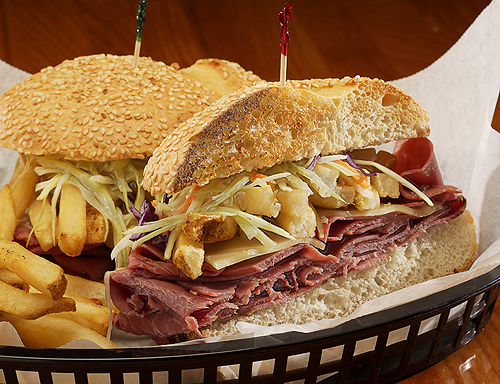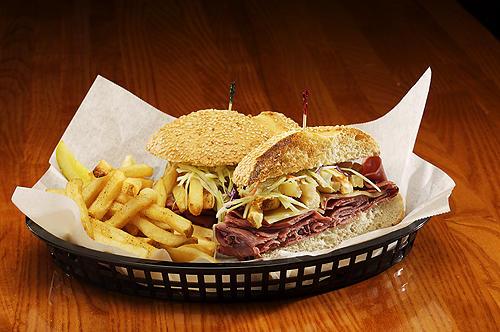… Or other commercial clients
There are many differences between shooting for yourself and shooting for others. Many of these are obvious, many are not. Of course the biggest change is that you’re shooting to please someone other than yourself. This in no way means you should subjugate your vision or visual style to fit the job, after all, it’s your vision and style that got you hired in the first place. But you do need to understand that the images you shoot may have great and varied lives after you’ve delivered them.
Shoot what they ask for.
If the client has given you a specific list of locations or items to shoot, shoot them. I know this seems to be a no-brainer, but I regularly hear of photographers not delivering the requested shots. Just because one of the locations they’ve asked you to shoot in is ugly doesn’t mean you don’t shoot it. If they don’t give you a list of what they’re looking for, don’t assume you’ve got a free hand. Ask for guidance. They may very well tell you you’ve got a free hand, but don’t assume.
Remember to allow for copy.
Many images will at some point in their life have copy laid over them. Whether they’re destined for magazine covers, ads, brochures, menus, etc. Keeping a clear area for a designer to place copy without interfering with the subject of the image is very helpful.
Shoot wide.
Remember that the work may see multiple uses down the road. Those subsequent uses may or may not be in the same format or medium as the original shoot. Shooting wider than you would for yourself allows the client to crop as they need. They can always crop in on your wide shot, they can’t crop out on your close-up. Even though you may like to shoot tight and with shallow depth of field, the client may need to keep the shot in sharp focus front to back, or they may need to see more of the item. They don’t know what they might need so you need to make your images as versatile as possible.


Cover yourself and your clients.
If your shots might, maybe, possibly, in some alternate universe, need a model or property release, get it. It’s never happened to me (but it has happened to people I know) but being named in a defamation lawsuit is no fun.
Let go of your ego.
Remember, you’re getting paid (hopefully well) for your vision. If you’re not entirely happy with the shot you’ve created, go create another one. But still deliver what the client wants.
Life as a commercial photographer straddles the line between being an artist and a business owner. Figuring out how to marry these two in our heads makes this a fun and challenging way to make a living.
Jane
5 Jun 2009very interesting tips, i’ll try, thank you)